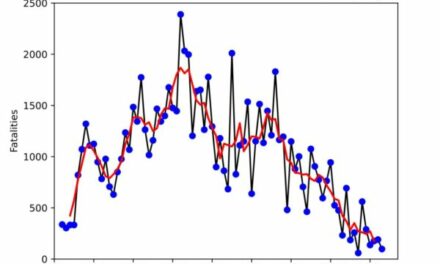We support our Publishers and Content Creators. You can view this story on their website by CLICKING HERE.
Cambridge University’s Fitzwilliam Museum has an excellent collection that includes, among others, paintings by John Constable, one of my favorite artists. Like this one:

A lovely image of the British countryside, right? Not according to the museum. It now comes with a warning:
The Fitzwilliam Museum has suggested that paintings of the British countryside evoke dark “nationalist feelings”.
You might think England is a pretty country–I do–but how is that “nationalist,” let alone “dark”?
The museum, owned by the University of Cambridge, has undertaken an overhaul of its displays, in a move that its director insisted was not “woke”.
That is a good thing. The pushback by normals has been strong enough that liberals don’t want to be called “woke.”
But call it what you will, the people who run the Fitzwilliam are crazy:
The new signage states that pictures of “rolling English hills” can stir feelings of “pride towards a homeland”.
God forbid that anyone should take pride in his homeland!
However, in a gallery displaying a bucolic work by Constable, visitors are informed that “there is a darker side” to the “nationalist feeling” evoked by images of the British countryside.
It states that this national sentiment comes with “the implication that only those with a historical tie to the land have a right to belong”.
It does? Why? The curators are telling us more about themselves–their own preoccupations, insecurities and biases–than about the English people. Let alone John Constable, who, luckily for him, never heard of any of this nonsense.
There is more at the link, including this:
The claims about the depiction of landscapes comes after the charity umbrella group Wildlife and Countryside Link submitted a report to MPs which claimed that the British countryside was seen as a “racist colonial” white space.
I suppose American liberals would say the same thing about the American countryside. All kinds of undesirables might live there!
To be fair, though, the venom that the Fitzwilliam’s curators display toward British landscapes pales in comparison with their detestation of British portraits:
“[P]ortraits were often entangled, in complex ways, with British imperialism and the institution of transatlantic slavery.”
Of course they were! Because everything, everywhere, has meaning only in its relationship, real or more likely imagined, to the slave trade. Which, for what it is worth, the British Empire suppressed, not only in the Empire but over most of the world. (Not the whole world; China didn’t even purport to abolish slavery until 1910.) But don’t tell liberals that: they are fragile.
Back to art: millions of normals, for the most part happily unaware of the Left’s twisted moral system in which good things are portrayed as evil and evil things as good, are able to enjoy the pictorial art that is one of the West’s great cultural legacies. (Other cultures have created some good art, too, but you don’t have to fight your way past trigger warnings to see it.) So let me close with this photo of one of Constable’s most famous works, “The Hay Wain,” which I took last fall in Britain’s National Gallery:

Anyone who thinks this is “dark” and somehow sinister has a screw loose.

 Conservative
Conservative  Search
Search Trending
Trending Current News
Current News 





